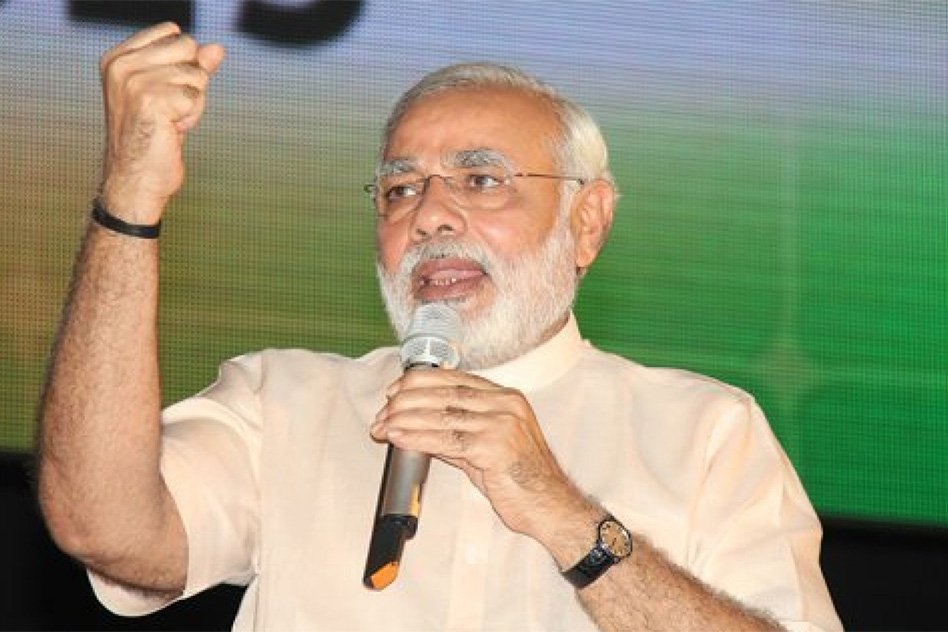Prime Minister Narendra Modi on Thursday, launched e-NAM — the e-trading platform for National Agriculture Market, which is going to facilitate the farmers by giving them a choice in selling their produce on an e-platform.
The pilot project will initially connect 21 mandis (markets) from eight states in the first phase. The Centre is aiming to bring 585 mandis across India on the platform by March 2018.
How will e-NAM work?
With the e-NAM platform, from now on, farmers will be able to sell their produce anywhere in the country instead of being forced to sell it to the closest mandi.
It has been launched for e-trading of 25 key commodities, including wheat, paddy, maize, onion, jowar, bajra, groundnut, potato, soya bean and mustard seed, have been selected for e-trading, agriculture minister Radha Mohan Singh said on Wednesday.
These crops, being sold on the same platform, will bring a parity in prices. The eight states that will be part of the platform in the first phase are Gujarat, Telangana, Rajasthan, Madhya Pradesh, Uttar Pradesh, Haryana, Jharkhand and Himachal Pradesh.
The project also aims to bring transparency and the policymakers will have a better idea of real-time availability of crops, which will help in the smooth movement of crops from surplus to deficit areas.
Under this project, a trained person will be deployed by the Centre to every mandi, who will track the smooth functioning of the portal. Again, farmers will be provided helpline services for obtaining any information related to this portal.
Challenges ahead
All the states in India have to be incorporated under e-NAM, which will be possible only if the states amend their Agriculture Produce Market Committee (APMC) Act. It is a subject matter of the states, not the Centre. The amendment has to be done to ensure a single licence for trading to be valid across the state. States like Kerala and Bihar do not have any APMC law, which can prove to be problematic to the interests of farmers.
The Logical Indian welcomes this decision taken by the Central Government to bring more fluency in trade system of agricultural products. We have to wait and watch how does this initiative work and how widely does it get implemented inside the country.










